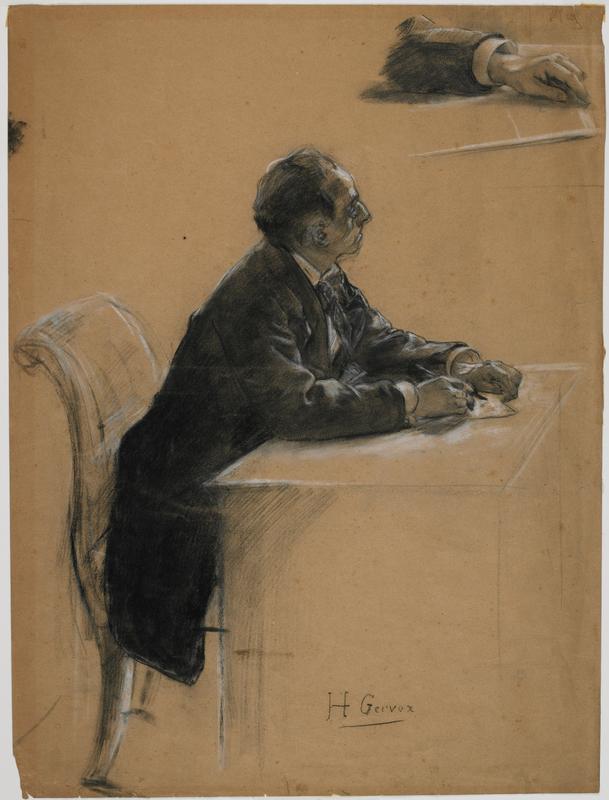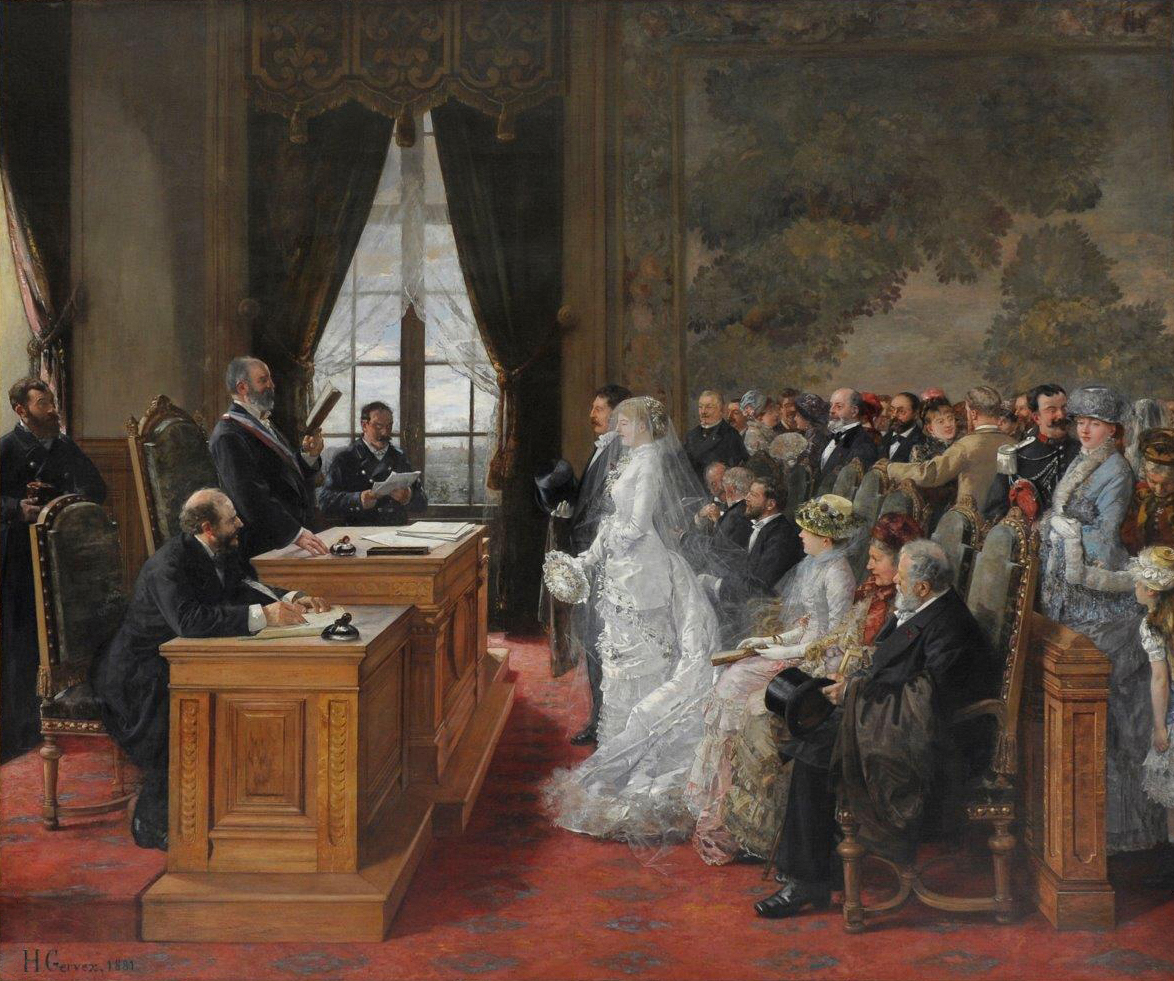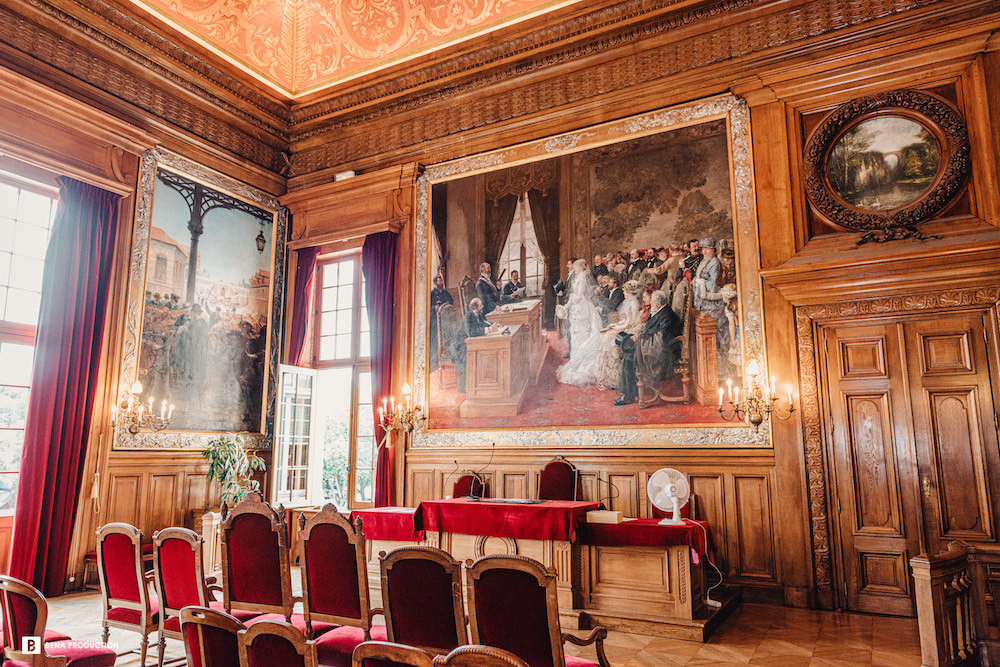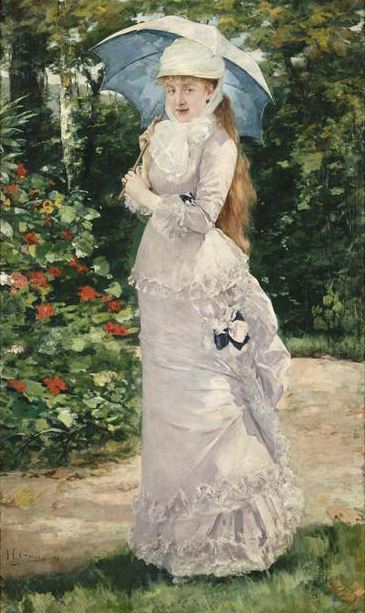
75. Henri Gervex, Study for “The Civil Marriage”
| Artist | Henri Gervex, French, Paris 1852–Paris 1929 |
| Title, Date | Study for “The Civil Marriage”, 1881 |
| Medium | Black chalk heightened with white chalk on tan wove paper |
| Dimensions | 20 × 15 1/8 in. (50.8 × 38.4 cm) (sheet) |
| Inscriptions + Marks | Lower center: H. Gervex |
| Provenance | [Galerie Fischer-Kiener, Paris; to Weisberg]; Yvonne and Gabriel Weisberg, Minneapolis |
| Exhibition History | "The Quieter Image: 19th Century European Drawings and Watercolors," Carleton Art Gallery, Carleton College, Northfield, Minn., 1996, no. 26; "Expanding the Boundaries: Selected Drawings from the Yvonne and Gabriel P. Weisberg Collection," Mia (2008) and Snite Museum of Art, Notre Dame, Ind. (2010); "Reflections on Reality: Drawings and Paintings from the Weisberg Collection," Mia, 2022–23 |
| References | Lisa Dickinson Michaux with Gabriel P. Weisberg, "Expanding the Boundaries: Selected Drawings from the Yvonne and Gabriel P. Weisberg Collection" (exh. cat.), Minneapolis Institute of Arts (Minneapolis, 2008), pp. 28–31, fig. 13 and cover |
| Credit Line | Promised gift of Gabriel P. and Yvonne M.L. Weisberg, Minneapolis |
Henri Gervex was one of the leading artists of France’s Third Republic. In 1879 the government held a competition to select artists to decorate public buildings (four city halls and two schools), and Gervex won the commission to paint a mural for the marriage chamber (salle des mariages) in the city hall of Paris’s nineteenth arrondissement.1 The painting shows a civil wedding taking place before the local mayor, Mathurin Moreau, with a seated clerk, another official, and the couple’s families and guests in attendance (fig. 1).2 At the time, a religious wedding had to be preceded by a civil ceremony, which was viewed as a routine affair lacking in pageantry; with his painting, Gervex apparently had decided to cast the secular service as a traditional-looking spectacle.3



Following the standard training of the École des Beaux-Arts (School of Fine Arts), where he trained under Alexandre Cabanel (cat. no. 44), Gervex worked up preliminary oil sketches for the entire composition. This sketch of the clerk at his desk, on inexpensive tan paper, is possibly the one known drawing that survives from the project. Gervex took pains to get the angle and position of the figure’s left hand exactly right, as evidenced by the additional version in the upper right corner of the Weisberg drawing. The finished painting shows the clerk as an older, balding figure whose interest in the ceremony appears less acute than the figure as originally drawn.
The real-life nature of Gervex’s subject is reinforced by other decorations that he, with help from student and friend Jacques-Émile Blanche, created for the marriage chamber (fig. 2). Their paintings describe activities linked to the city hall and this particular section of Paris, such as dockworkers unloading freight at the busy river port of La Villette, and a public assistance office where people came to seek alms. The community values promoted in such paintings, including The Civil Marriage, would have underscored the Third Republic’s commitment to the principles of the “good life” for all citizens.
The bourgeois propriety of The Civil Marriage may incline one to think of Gervex as a prim character, but he was not. The son of a Paris piano maker, the showy young artist4 achieved fame initially in 1878, when his painting Rolla (Musée des Beaux-Arts, Bordeaux), depicting a naked prostitute lounging on a sumptuous bed with her clothing strewn about, was rejected by the Salon jury as indecent. When Gervex showed it at a gallery instead, people flocked to see it. He had an ongoing relationship with the courtesan and arts patron Valtesse de la Bigne (1848–1910) (fig. 3), who is the model for the woman in blue at the right side of The Civil Marriage.
GPW
Notes
See Jean-Christophe Gourvennec et al., Henri Gervex, 1852–1929 (exh. cat.), Galerie des Beaux-Arts, Bordeaux, and other venues (Paris: Paris-Musées, 1992). On Gervex and the city hall of the nineteenth arrondissement, see Le triomphe des mairies (Paris: Musée du Petit Palais, 1986), pp. 114–18. This arrondissement is in northeast Paris. ↩︎
Michelle Perrot, ed., A History of Private Life, vol. 4, trans. Arthur Goldhammer (Cambridge, Mass.: Belknap Press of Harvard University Press, 1990), p. 374. ↩︎
Catherine Hewitt, The Mistress of Paris: The 19th-century Courtesan Who Built an Empire on a Secret (New York: St. Martin’s Press, 2015), pp. 168–70. ↩︎
Maureen C. O’Brien et al., Edgar Degas: Six Friends at Dieppe (exh. cat.), Museum of Art, Rhode Island School of Design (Providence, R.I.: Museum of Art, RISD, 2005), pp. 16–20. ↩︎